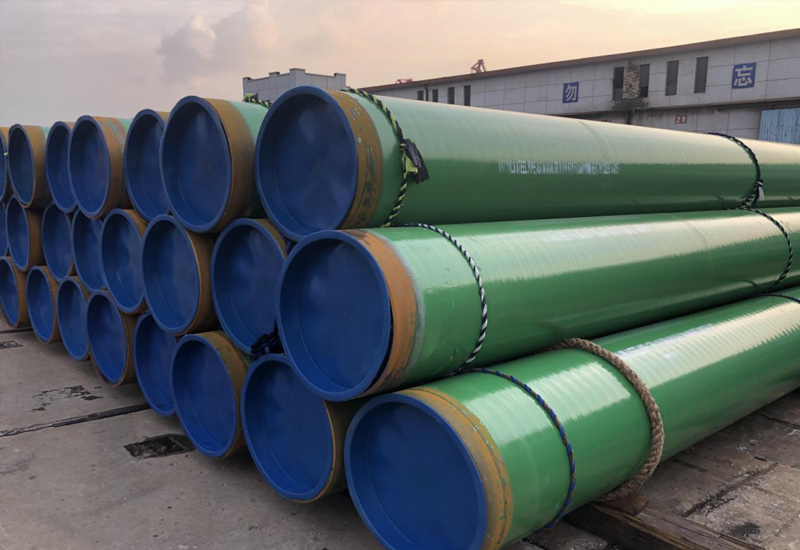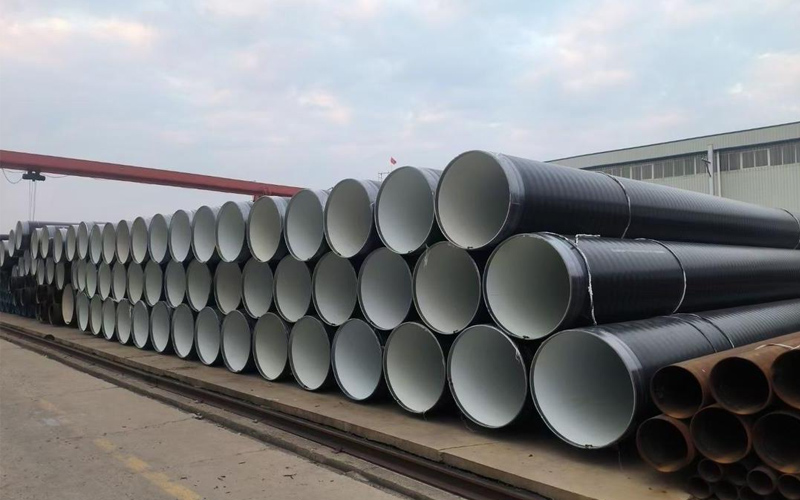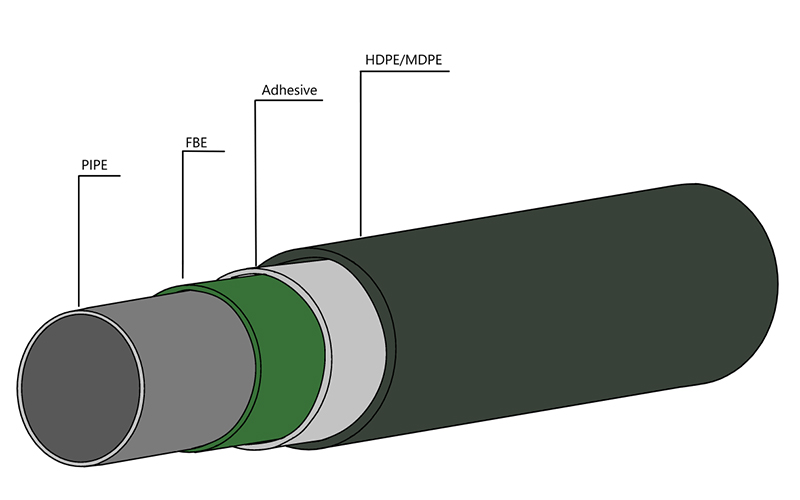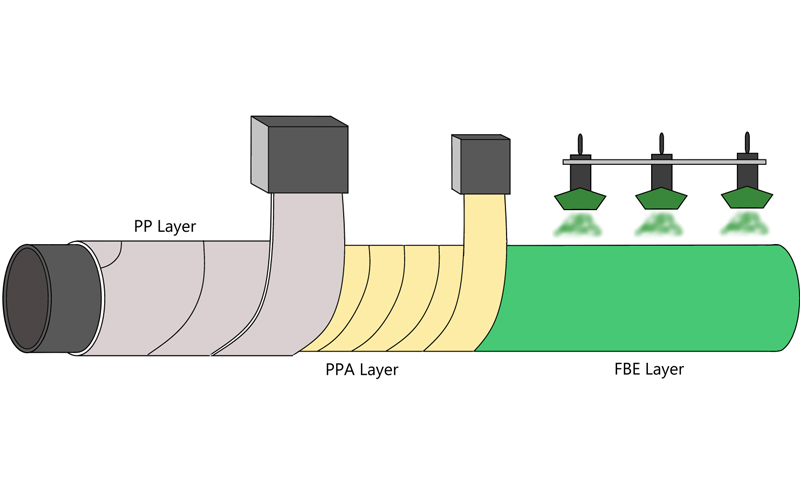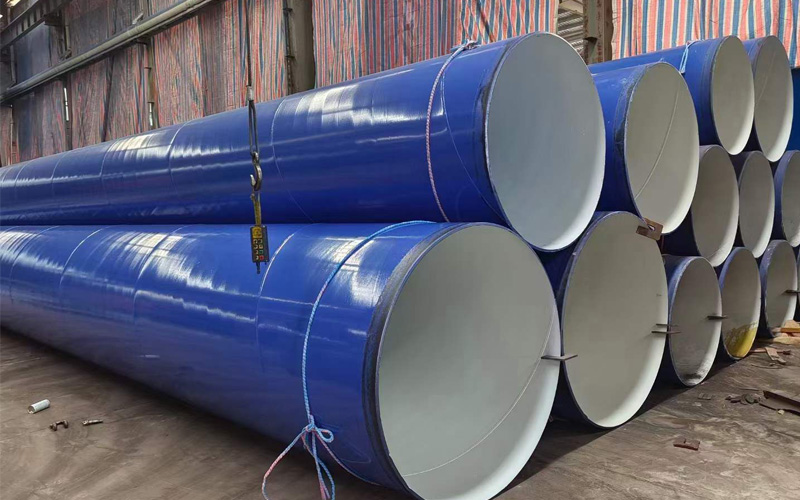API 5L Grades Explained: X52, X65 & X70 Meaning?
In industries such as oil, gas and long-distance pipelines, the API 5L standard (American Petroleum Institute Pipeline Specification) is globally recognized as the “gold standard”. It stipulates the core requirements for pipeline steel, including chemical composition, mechanical properties and manufacturing processes, which directly determine the safety and reliability of the pipeline system. Within the API 5L framework, the “X” series grades (for example, X52, X65, X70) represent the most critical performance metrics. Understanding these grades is crucial for pipeline engineers to perform pressure calculations, technical purchasers to evaluate suppliers, and quality control personnel to verify product compliance. This article will conduct an in-depth analysis of the technical meaning of the “X” grade, compare the characteristics of different grades, and provide a selection method based on the engineering pressure requirements to help you make an accurate pipe selection.
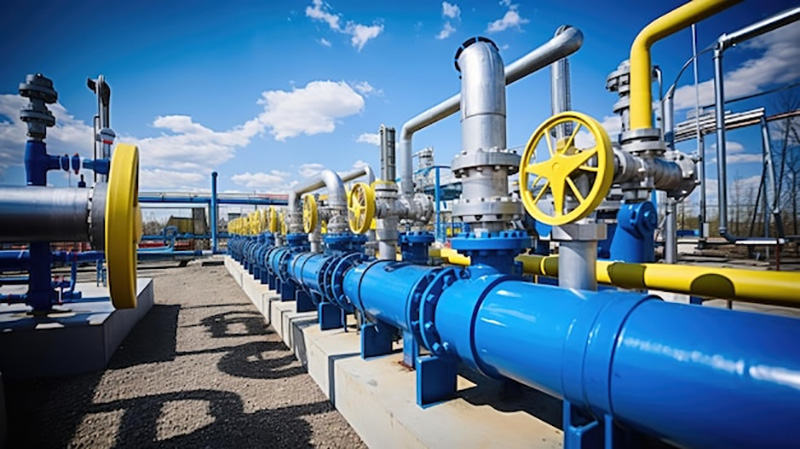
I. Foundational Understanding: API 5L Standards and the Core Significance of “X” Grades
Before delving into “X52”, “X65” and “X70”, it is necessary to first understand the authority of the API 5L standard. It is not a single “product standard”, but covers a variety of pipe types, including seamless pipes, Lsaw steel pipe, and high-frequency straight seam welded pipes (ERW). According to the application scenarios, it further classifies the pipes into PSL1 (basic quality grade) and PSL2 (Superior quality grade). PSL2 imposes stricter requirements on low-temperature impact toughness, chemical composition control and non-destructive testing coverage, enabling it to adapt to high-pressure, low-temperature and corrosive environments (for example, natural gas transmission pipelines operating at -40°C).
The “X” series steel grades are the core indicators for measuring the “strength performance” of pipeline steel in the API 5L standard. The “X” here is not an arbitrary letter but an abbreviation of “Line Pipe”, indicating that this steel grade is specially designed for pipeline transportation applications. Subsequent figures (such as 52, 65, 70) define the critical performance boundaries – directly corresponding to the “minimum yield strength” of the pipe, measured in pounds per square inch (psi). The significance of this indicator lies in the fact that the yield strength is the key threshold for pipelines to “resist permanent deformation”. When the internal pressure or external load exceeds this yield strength, the pipe will undergo irreversible deformation (such as expansion or bending). In severe cases, this may lead to safety accidents such as rupture or leakage.
II. Key Analysis: What Exactly Do the Numbers After “X” Represent?
Many customers new to API 5L steel grades are often confused by the meaning of the numbers in names like “X52” and “X65.” Simply put, these numbers represent the pipe’s minimum yield strength (measured in thousands of pounds per square inch, abbreviated as ksi). The higher the number, the greater the pipe’s resistance to deformation and the higher the pressure it can withstand. The table below clearly shows the strength conversions and simple explanations for the popular “X” steel grades:
| API 5L Grade | Min yield strength psi and MPa | Durability | Core Application Logic |
| X52 | ≥52000 and ≥360 | Basic strength, capable of withstanding medium to low pressure | Standard conveying scenarios, balancing cost and pressure |
| X65 | ≥65000 and ≥448 | High strength, capable of withstanding high pressure | High-pressure long-distance transmission of high-viscosity media |
| X70 | ≥70000 and ≥483 | Ultra-high strength, capable of withstanding ultra-high pressure | Ultra-high-pressure trunk lines, deep-sea oil and gas pipelines |
Note: 1 MPa ≈ 145 psi. The conversion formula is: “Yield strength (MPa) = Yield strength (psi) ÷ 145.” The API 5L standard only stipulates the “minimum yield strength”. In actual production, the strength of pipes may exceed the standard value (for example, the measured yield strength of a certain batch of X65 steel pipes is 460 MPa), but it must never be lower than the lower limit. When conducting quality acceptance, tensile tests must be carried out to verify whether the strength meets the requirements. Substandard products are strictly prohibited from being used in the project.
III. Comparative Analysis: Characteristics and Applications of X52, X65, and X70
The strength differences between the various “X” steel grades determine their varying chemical compositions, manufacturing requirements, and application scenarios. Blindly selecting a higher-quality grade can increase costs, while choosing a lower-quality grade can pose safety risks. The following table compares the properties of these three grades across multiple dimensions to help you quickly match them to specific applications:
| Comparison Dimensions | Chemical Composition | Mechanical Properties | Applicable Design Pressure | Typical Application Scenarios | Cost and Process |
| X52 | Low-carbon manganese steel (C ≤ 0.26%, Mn ≤ 1.60%), free of microalloying elements | Yield strength ≥360 MPa, tensile strength ≥485 MPa | 4-10MPa | 1.Urban natural gas pipeline network (medium-low pressure) 2.Industrial circulating water / water supply and drainage pipelines 3.Crude oil transmission branch lines (low viscosity) | Low cost (12%-15% lower than X65), simple welding process (no preheating required) |
| X65 | Low-carbon manganese steel + microalloying elements (Nb/V/Ti, C ≤ 0.22%) | Yield strength ≥448 MPa, tensile strength ≥535 MPa | 10-14MPa | 1.Cross-regional natural gas long-distance pipeline branches 2. High-viscosity crude oil transmission pipelines 3. Onshore high-pressure gathering and transportation pipelines | Moderate cost; welding requires low-hydrogen electrodes + preheating (≥80°C). |
| X70 | Low-carbon manganese steel + microalloying elements (Nb/V/Ti, C ≤ 0.20%) | Yield strength ≥483 MPa, tensile strength ≥570 MPa | 14-18MPa | 1. Transnational natural gas trunk pipelines 2. Deep-sea oil and gas transmission pipelines 3. Polar cryogenic high-pressure pipelines | High cost (8%-10% higher than X65), welding requires strict temperature control + post-weld heat treatment |
Case reference: For a long-distance natural gas pipeline project (with a design pressure of 12MPa and a pipe diameter of DN1200), the wall thickness of X52 steel pipes needs to be 22mm, while that of X70 steel pipes is only 16mm, reducing the wall thickness by 27%. The weight of a single section of the pipe drops from 618kg/m ³ to 452kg/m ³, and the transportation and hoisting costs are reduced by 30%. At the same time, the conveying efficiency is increased by 8% (because the cross-sectional area inside the pipe is enlarged).
IV. Selection Guide: How to Choose the Right Steel Grade Based on Project Pressure?
The core principle for selecting API 5L steel grades is “centering on design pressure while balancing economic and construction feasibility”. Follow these three steps:
Step 1: Determine the Pipeline’s “Design Pressure”
Design pressure represents the pipeline system’s “safety threshold.” Process engineers calculate it based on:
• Transported medium (natural gas / crude oil / water)
• Transmission distance (long-distance systems must account for pressure loss)
• Topographical elevation changes (e.g., mountainous pipelines require hydrostatic pressure overlay)
Step 2: Calculate the “minimum required yield strength” based on design pressure
Using the pipe diameter (D) and wall thickness (t), derive the minimum required yield strength σ via the “internal pressure strength calculation formula” (API 5L recommended formula: Design Pressure P = 2 × σ × t × F ÷ (D – 2 × t × F), where σ is the steel yield strength and F is the safety factor, typically 0.72).
Step 3: Balance “Strength Requirements” with “Economics and Constructability”
If the calculated minimum yield strength falls between two grades (for example, 420 MPa between X52’s 360 MPa and X65’s 448 MPa), consider the higher grade (such as X65) first to ensure a safety margin. For lower design pressures (e.g., 3 MPa), X52 is sufficient, without the need to pursue X65 or X70. Higher-grade pipes incur higher procurement and welding costs, and blindly upgrading can lead to unnecessary waste.
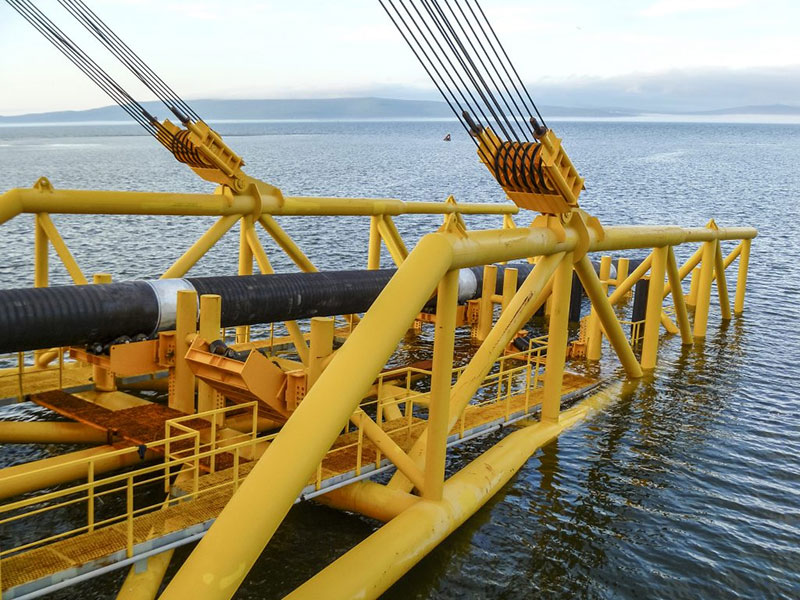
If you are not sure how to choose the appropriate steel grade for the project, please feel free to share your parameters with us at any time, such as design pressure, pipe diameter, conveyed medium and construction environment. With over a decade of expertise in API 5L pipeline steel, Allland steel pipe can provide comprehensive customized solutions based on API 5L standards and project requirements. This includes steel grade recommendations, wall thickness calculations and welding process guidance to ensure that your piping system is both safe and cost-effective.
Get Your Custom Steel Pipe Quote Today!
Provide us with your project details (like application, specifications, quantity). Our experienced team will respond with a tailored solution and competitive quote within 24 business hours.
Related Articles
ASTM A53 vs. API 5L: A Guide to Selection and Application
Introduction:Technology differences determine success or failure, and selection needs to be “precise”
Steel Density Analysis: Core Differences between Mild and Medium Carbon Steels and Industrial Applications
3LPE coated steel pipe: a solid barrier in the field of industrial corrosion protection
3LPP coated pipe: anti-corrosion guard in high temperature and high pressure environment
FBE steel pipe: the technological armor of the steel defense line
HOT TAGS
latest posts
- How LSAW/SSAW Steel Pipes Ensure Safe & Durable Drinking Water Pipelines
- LSAW steel pipe vs ERW steel pipe: Unveiling Core Process Differences in Steel Pipe Welding from Arc to Current
- The Essential Guide to High Pressure Pipe Applications
- API 5L Grades Explained: X52, X65 & X70 Meaning?
- A Guide to Offshore Steel Pipe & Tubes for Subsea Projects




